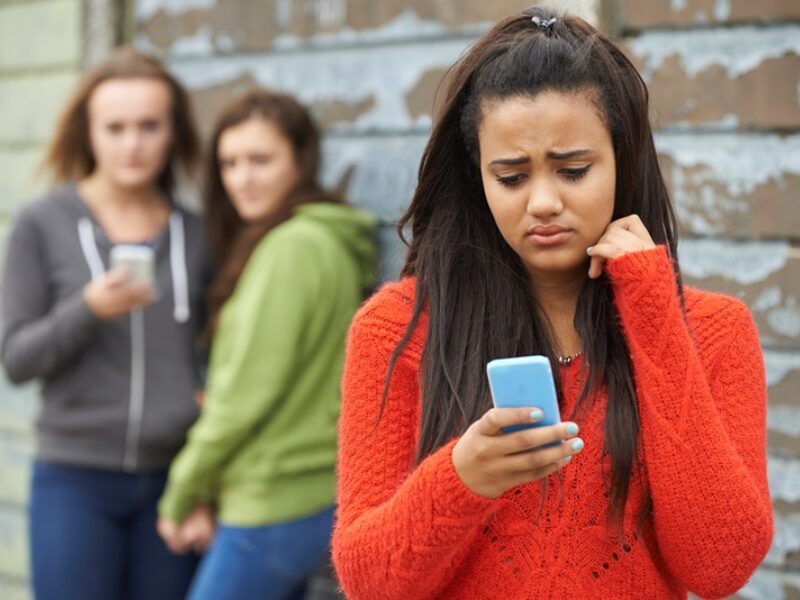Is it bullying…or something else


October 3, 2016, was blue shirt day. This is the world day of bullying prevention, started in the United States in 1999 with the purpose of reducing and preventing bullying both online and in schools (www.stompoutbullying.org). There are other days designated to raise awareness about Bullying in North America and Western Europe including Pink Shirt Day (February 22, 2017), Stand up to Bullying Day (July 5, 2016) and Anti-bullying Week in the UK (November 14-18) which comes right in the middle of Anti-bullying Month. This abundance of special bullying awareness days led me to reflect on this issue and how prevalent it has become both locally, and globally. Is there more bullying today than in the past OR are we now simply more aware of a longstanding issue?
I clearly remember bullying going on when I was a student. I remember seeing classmates being targeted by bullies, feeling sorry for the victim and feeling a sense of relief that this negative attention had not been turned on me! So, certainly, bullying is not a new issue.
However, new technologies including social media, the internet, computers and handheld devices that many students are reluctant to let out of their sight, have changed the landscape and made bullying a much more far reaching problem. When I was young, if someone was giving me a hard time at school, it ended when I left and I could go home and forget about the issue. Nowadays, bullies continue online and students cannot escape their reach as the connection is literally in their pockets. I often tell my students that I believe the most difficult thing that teenagers face today is the quick and invasive nature of technology.
In addition to this though, I do feel like there is a need for a deeper conversation and understanding of the label “bullying”. I hear the term being used to minimize more serious issues (such as where criminal harassment is labelled as school yard bullying) as well as to blow issues between students way out of proportion (for example, not all schoolyard disagreements are bullying).
This is why I feel it is so important that children and teenagers be empowered through direct instruction in social skills and the proper use of labels to define challenges that they or their friends may be facing. Trudy Ludwig, author of My Secret Bully, shares how one school she visited in Wisconsin helped the students define bullying as follows:
When someone says or does something unintentionally hurtful and they do it once, THAT’S RUDE.
When someone says or does something intentionally hurtful and they do it once, THAT’S MEAN.
When someone says or does something intentionally hurtful and the keep doing it-even when you tell them to stop or show them that you are upset, THAT’S BULLYING.
So, not all hurtful schoolyard conflicts are bullying. Trudy Ludwig goes on to define bullying behaviour as having the following elements: the intent to harm, an imbalance of power, repeated aggression and/or the threat of further aggression.
So as a parent or guardian, I invite you to consider the following questions:
- Have you talked to the young people in your life about social skills and their relationships with peers?
- Have you supported the young people in your life to learn how to resolve a conflict in a respectful and mutually beneficial way?
- How can you support the young people in your life to safely use technology?
- Are you modeling good social skills for the young people in your life?
Instagram Feed
"I never expected Starling could help me so much, but once I met their staff, I knew we would be okay. Having a job is everything; I don't go hungry, I have my self-confidence back and most importantly, my son and I are happy."












